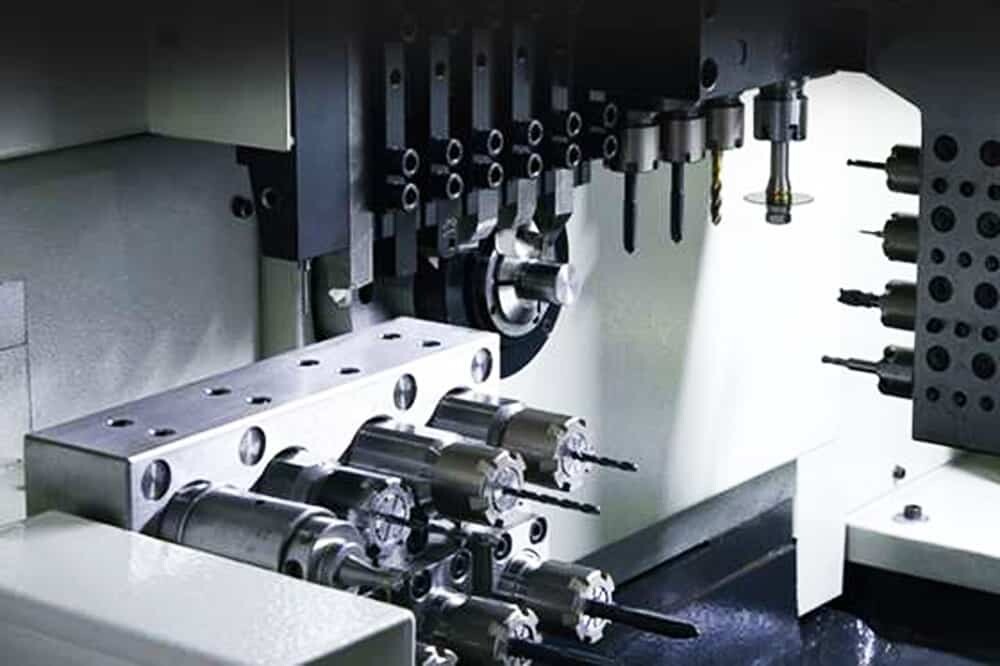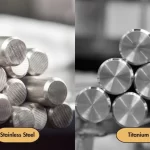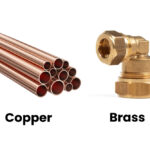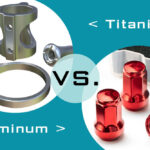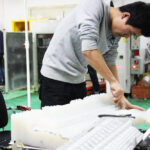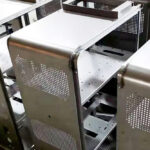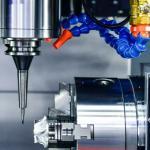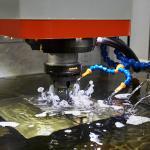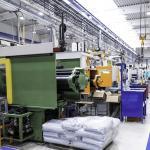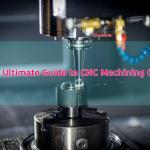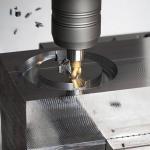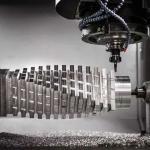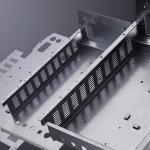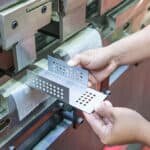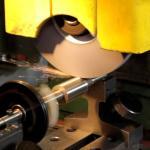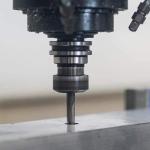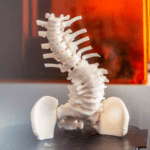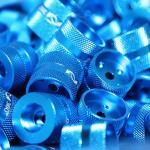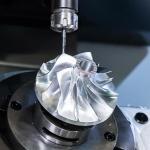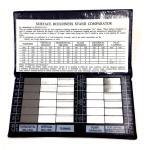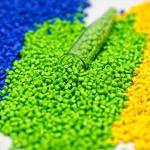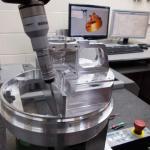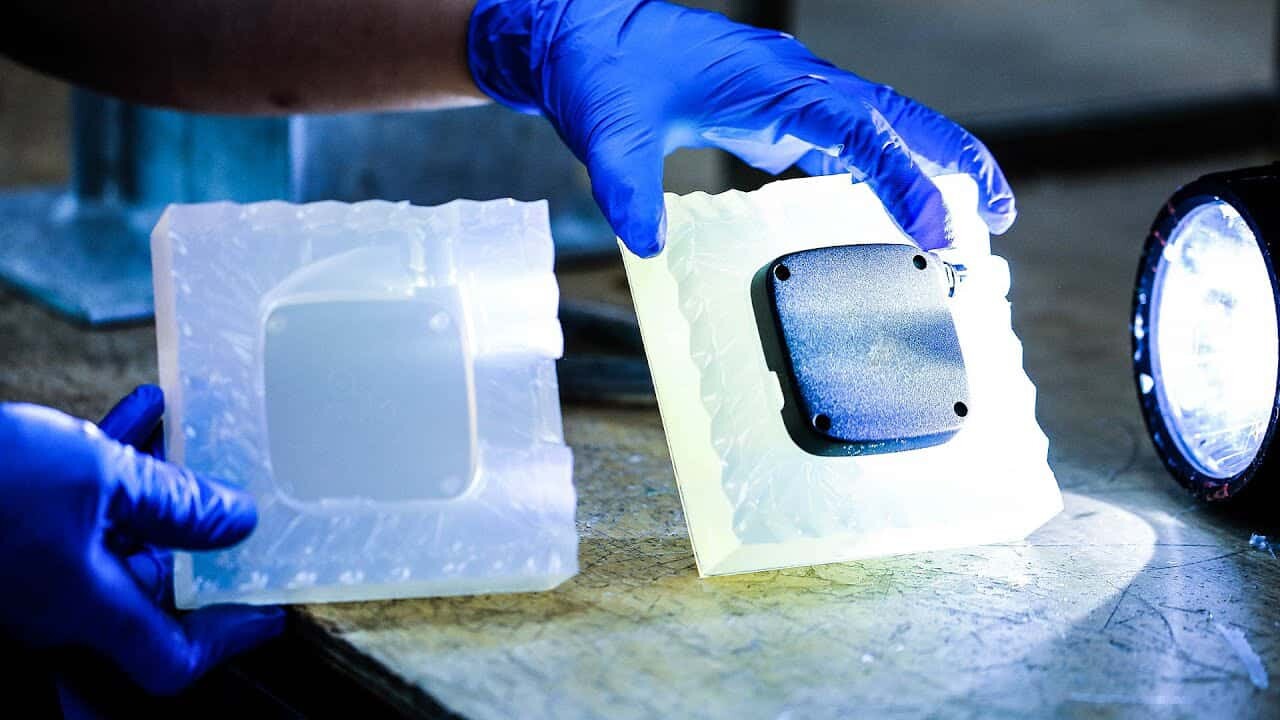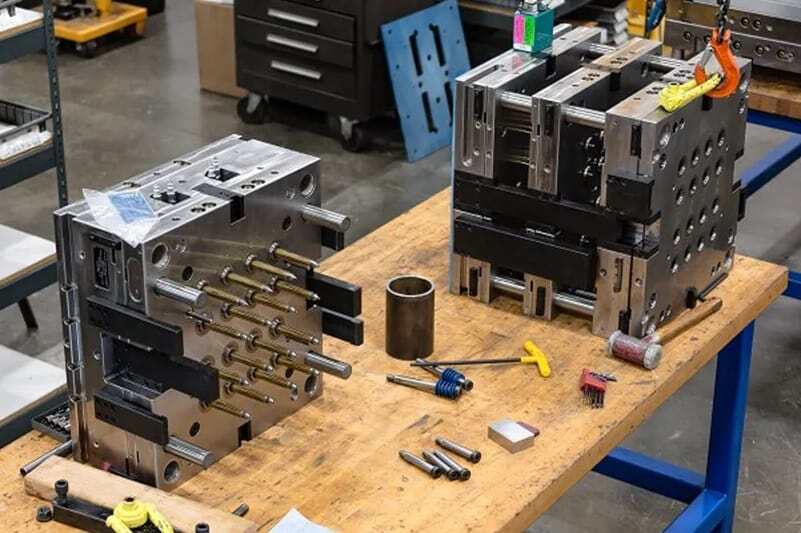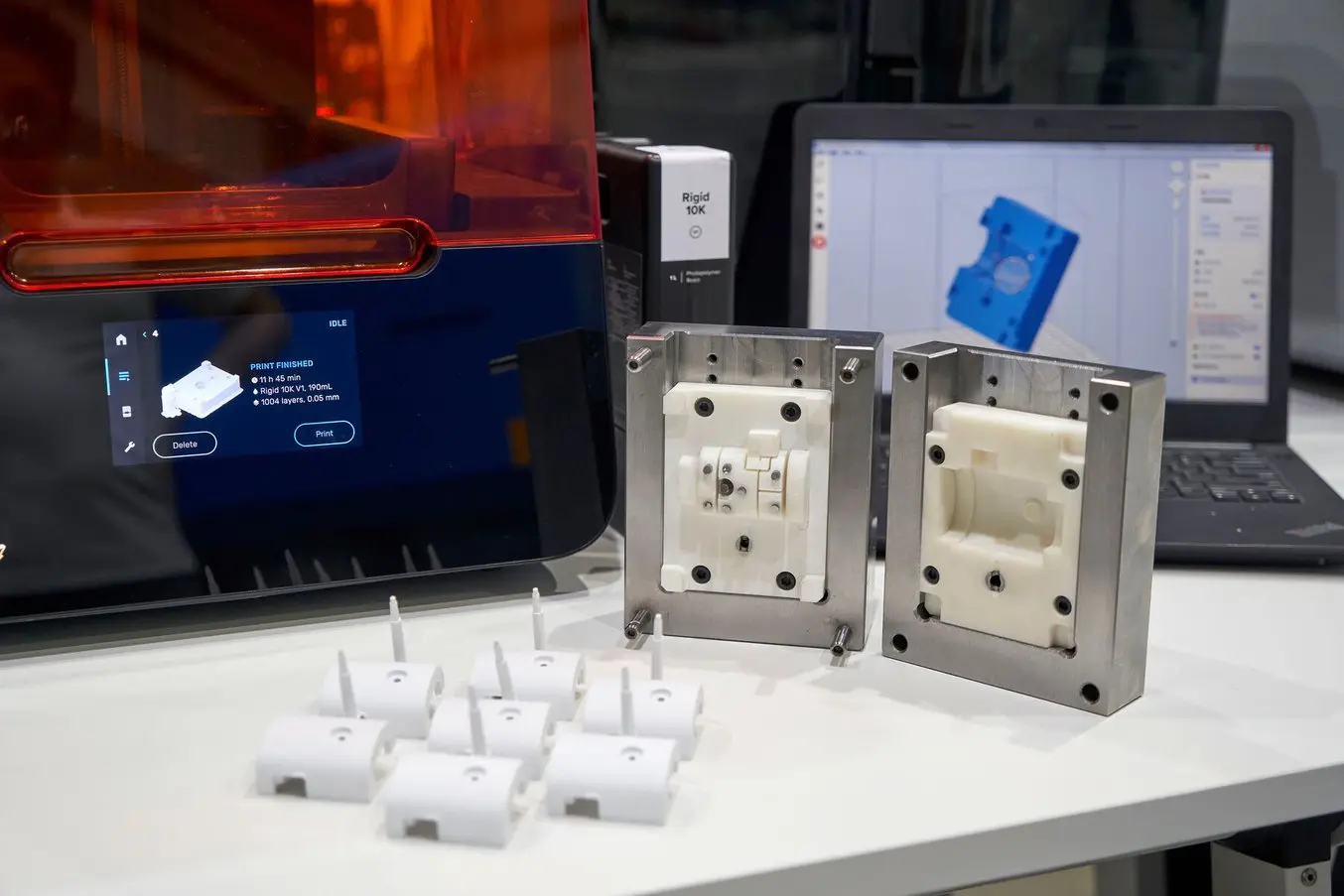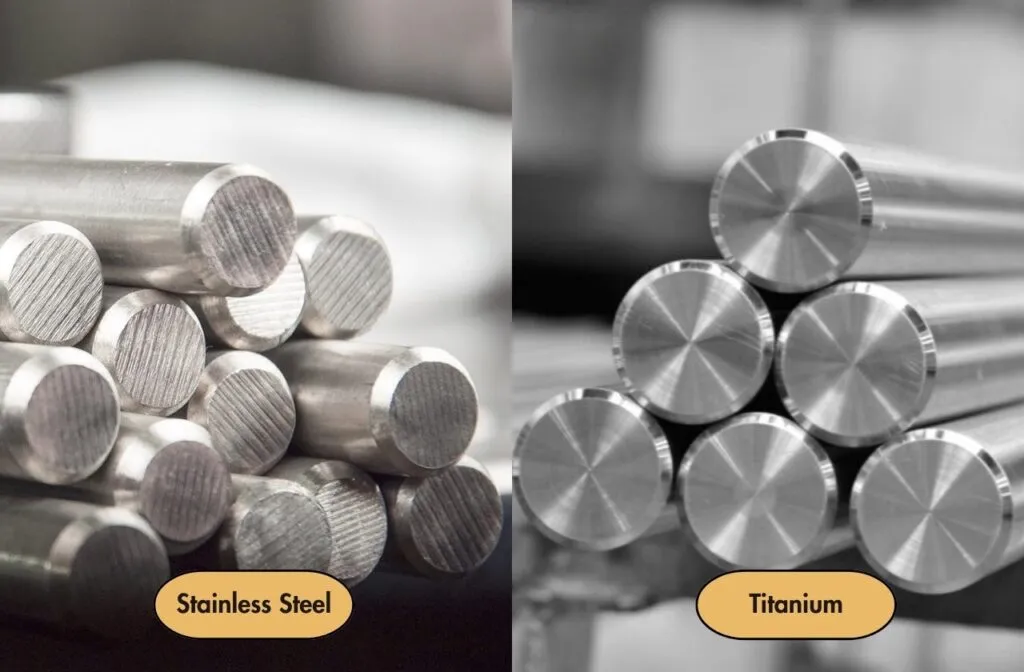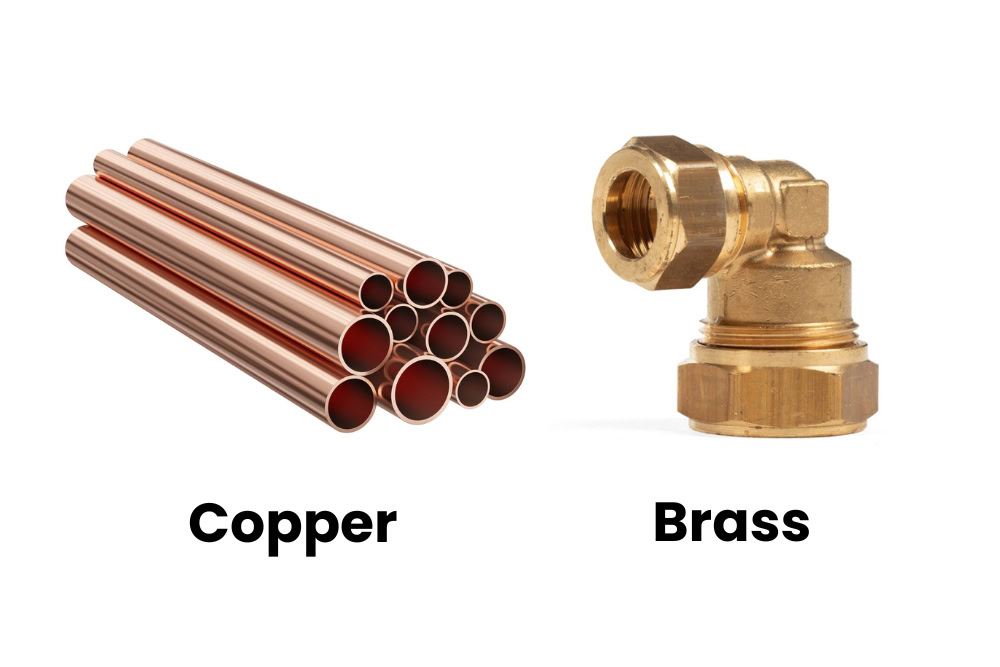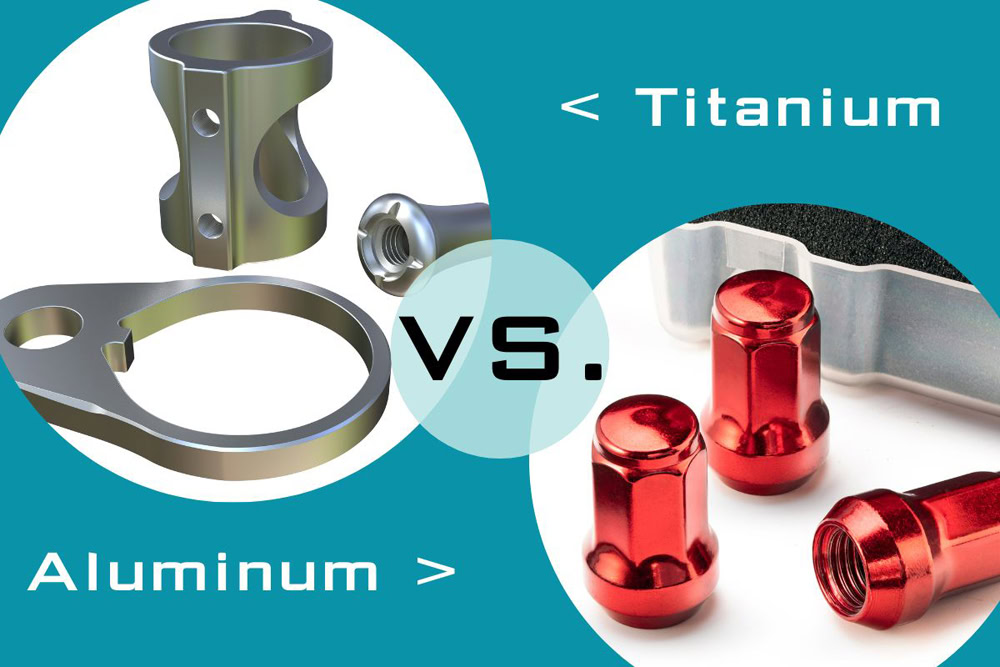In the 19th century, the popularity of pocket watches was all the rage, and watchmakers had no problem creating them using traditional lathes. However, as wristwatches became more popular, traditional lathes were unable to manufacture the smaller components required for wristwatches than pocket watches. Everything changed when Swiss watchmaker Jakob Schweizer came up with a new idea for making these small components. His ideas formed the basis for the development of Swiss processing techniques. CNC Swiss machining technology is now used to manufacture a wide variety of complex parts across different industries. Although Swiss machining was primarily developed for watchmaking, it is also used in other industries, notably the medical sector, for the machining of bone screws. Swiss machining is a manufacturing technique that uses specialized tools to cut material into intricate, slender or delicate components. CNC Swiss Machining is ideal for the manufacture of parts that require extreme precision machining and is used in a wide variety of industries including medical, automotive, hydraulics, aerospace, firearms and electronics.
Table of Contents
ToggleWhat is CNC Swiss Machining?
CNC Swiss machining is one of the ideal ways to manufacture precision parts. CNC Swiss machines have a fixed tool and a workpiece that can turn and move along the Z axis and can make circular and cylindrical parts. However, its sliding headstock and guide bushes set the Swiss machine apart from other lathes. The sliding headstock feeds the bar through guide bushings that support and stabilize the bar near the point of cut. This helps prevent deformation of the workpiece and enables the machine to accurately create varying diameters, complex holes, hex edges, slots and threads without the need for multiple setups or additional equipment. The CNC part of these Swiss turning centers makes the process highly automated. It guarantees that all machined parts meet exacting tolerances precisely. When it comes to making parts, CNC Swiss machining is an ideal production method for making large numbers of small parts that require complex turning, and is more suitable for machining long parts than traditional CNC lathes because they are less likely to cause deformation.
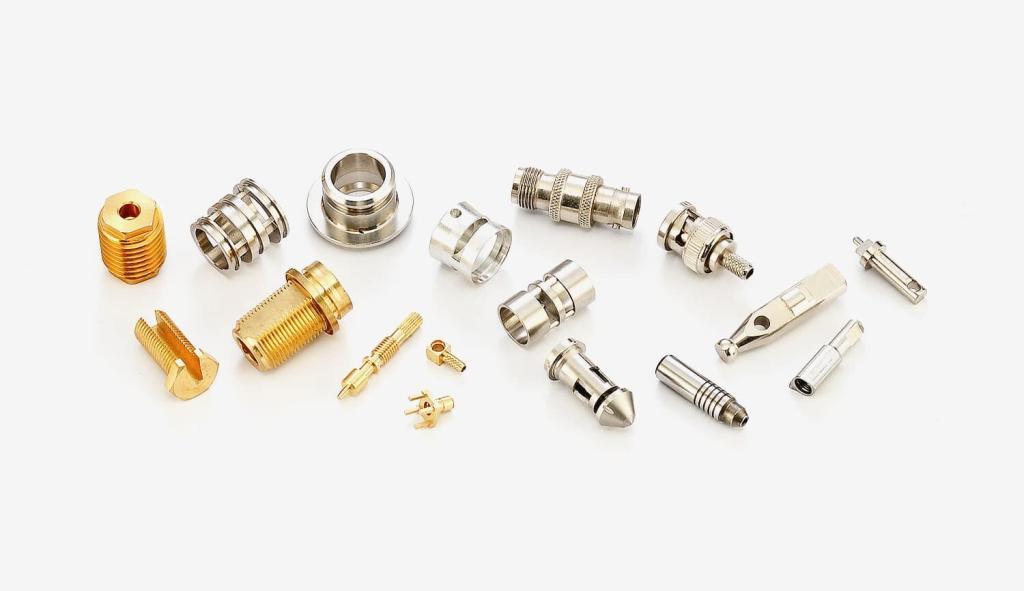
When Optimal Finish is Required: CNC Swiss machining is ideal when you need to achieve a high quality finish. The finish-quality parts obtained through this machining eliminate the need for secondary finishing operations.
When high precision and quantity matter: CNC machines feature high precision. This makes the technique ideal for use in situations where accuracy and precision are important. Additionally, combining the precision of advanced CNC Swiss machines with the precision of skilled operators enables the manufacture of precision parts in high volumes.
When manufacturing highly complex parts: Machining complex geometries of small diameter parts is much easier with Swiss machines. It also achieves this with a high level of Swiss precision machining.
When cost-effectiveness becomes a factor: CNC Swiss machining costs decrease as manufacturing volumes increase. This makes it an ideal manufacturing technique for mass production of precision components.
When a part requires both turning and milling capabilities: use CNC Swiss machining without multiple setups. Using this technique gives the part many milling features during the turning process, including hexagonal edges, flats, and slots, eliminating the need for milling.
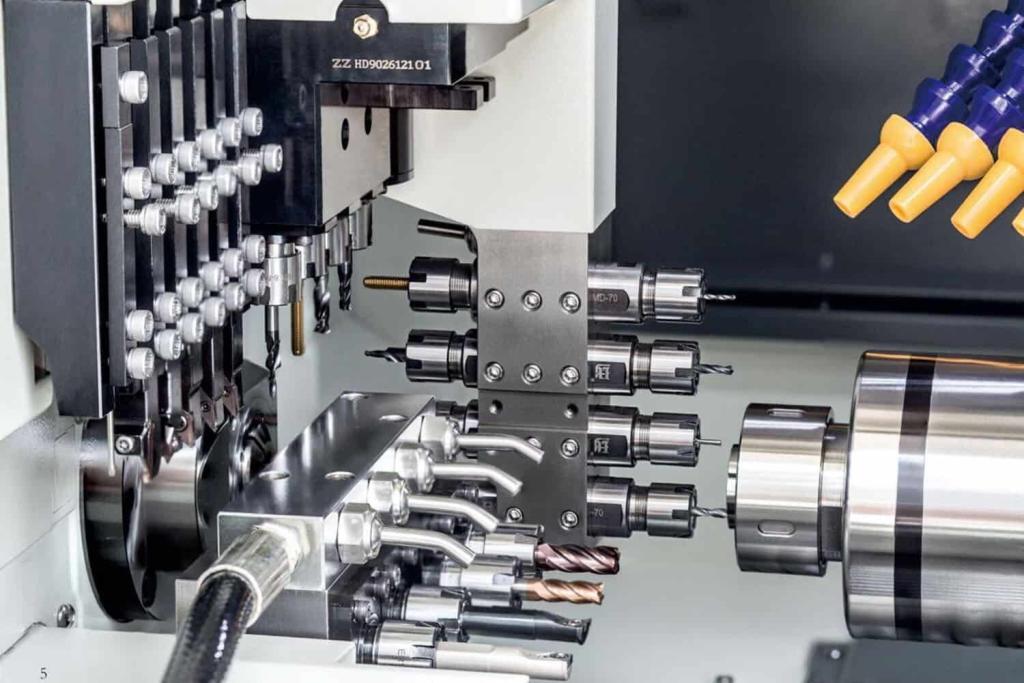
Key Differences Between Traditional Turning and CNC Swiss Machining
The main difference between traditional CNC turning and Swiss machining is that a Swiss machine has a movable headstock that allows the workpiece to rotate and move along the Z axis, whereas with a conventional lathe the workpiece remains stationary.
Another major difference is that CNC Swiss machining centers have more axes of motion and can perform more operations simultaneously. Depending on the station, a Swiss machine tool can have more than 10 machining axes, compared to the traditional 3-4. With these additional axes and tools, the Swiss machine tool can perform turning, milling and threading in the same cycle. Combining multiple processes in this way enables net-shape manufacturing, increasing efficiency and repeatability.
Together, these features dramatically reduce cycle times and minimize the need for secondary machining. As a result, Swiss machines can produce small and delicate components faster than traditional methods.
What materials can be used for CNC Swiss machining?
There is a wide range of materials that manufacturers use for CNC Swiss machine tools. They use these materials for a variety of reasons, including cost-effectiveness, corrosion resistance, electrical conductivity, and more. Let’s take a look at the most commonly used materials for CNC Swiss machining.
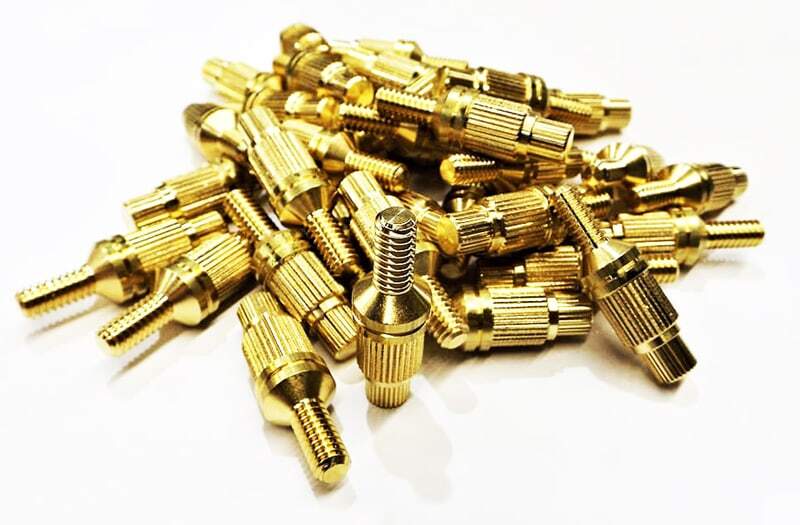
Brass
Brass is non-magnetic, non-sparking and cost-effective. Designers use this material for CNC Swiss machining because of its corrosion resistance and excellent electrical conductivity. Additionally, it produces parts with tight tolerances and high strength.
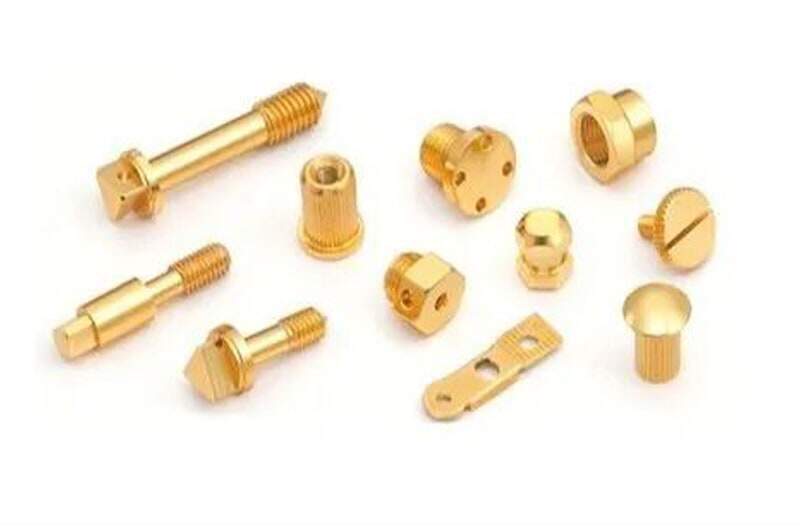
Bronze
CNC Swiss machining of bronze material creates durable parts that are resistant to wear and corrosion. These properties make bronze an ideal choice for the consumer, electrical, industrial and aerospace industries.
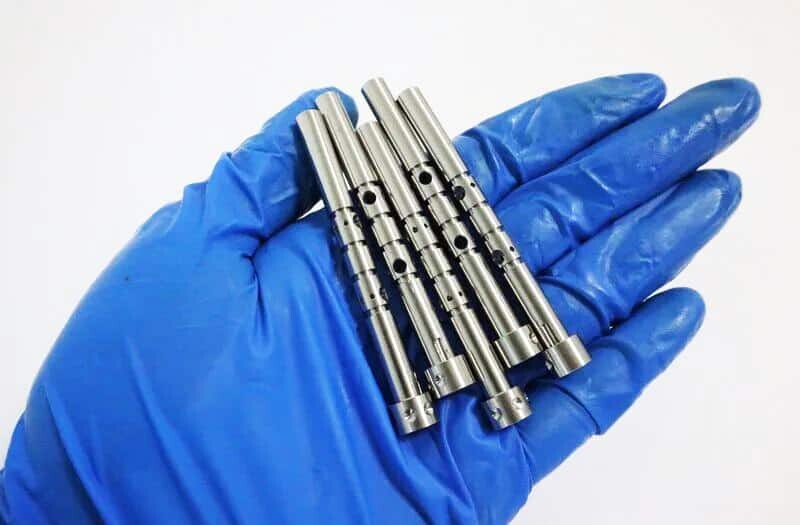
Stainless steel
CNC Swiss stainless steel parts for durability and corrosion resistance. This makes stainless steel an ideal material for complex components in the automotive, aerospace, military and medical industries.
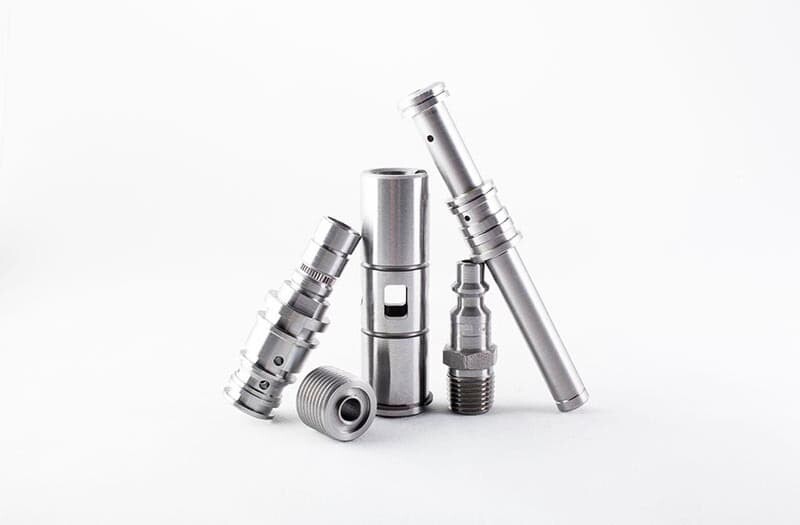
Carbon Steel
The versatility and strength of carbon steel make it one of the materials of choice for CNC Swiss lathe fabrication. The combination of this material with Swiss lathes is ideal for the cost-effective production of brackets, bushings, sockets, screws, shafts and connectors.

Aluminum
Aluminum is the most commonly used material for CNC Swiss machining as it is the most cost effective. Aluminum has properties such as corrosion resistance, light weight and excellent electrical conductivity, making it one of the ideal materials for CNC Swiss machining.
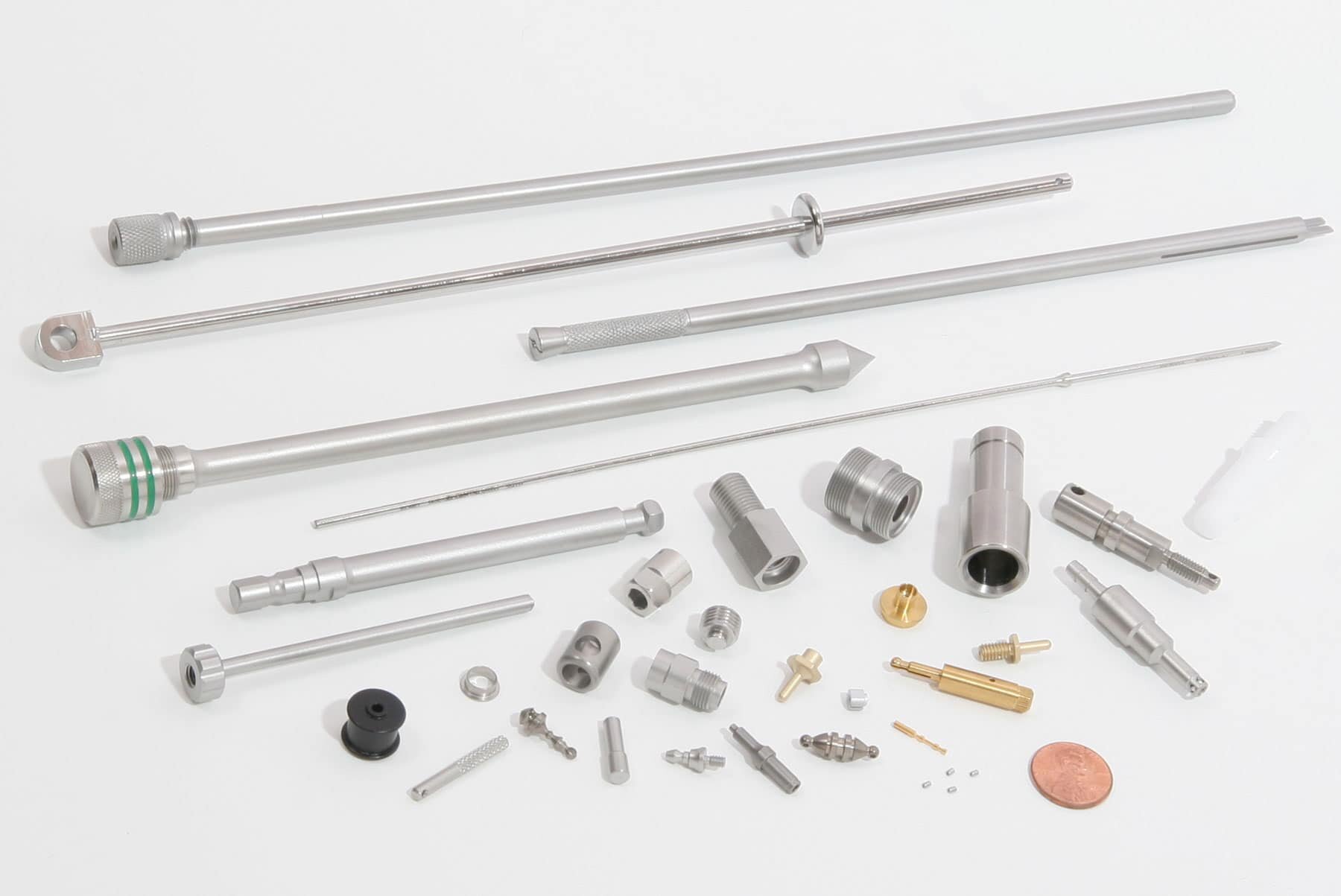
Titanium
Due to its high ductility, this is the ideal material for CNC machining in Switzerland.
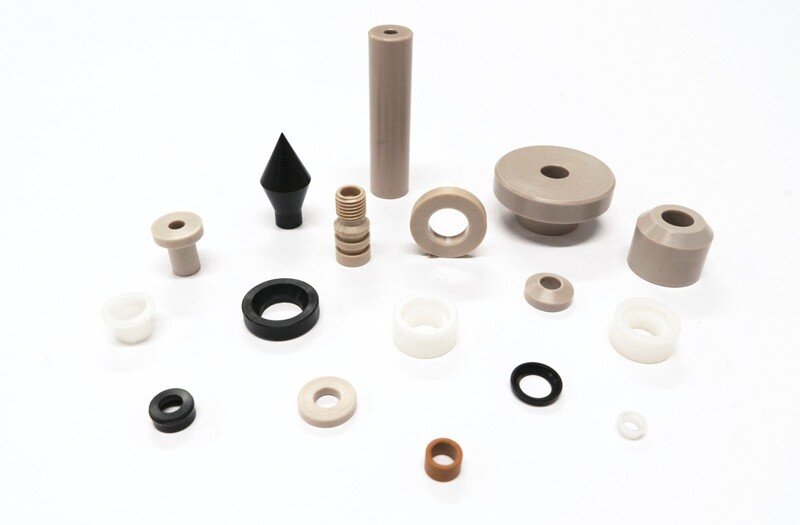
Plastic
Plastic is also well suited to CNC Swiss machining techniques. CNC Swiss turning this material can produce fittings, screws, bushings, housings, insulators and custom bushings for a variety of industries.
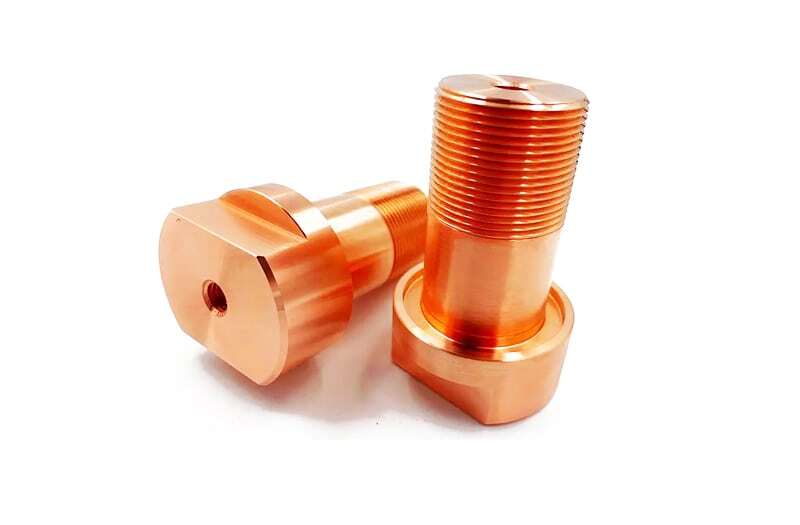
Copper Alloys
Copper and copper alloys have excellent electrical conductivity, are non-sparking, corrosion-resistant, and non-magnetic, making them ideal for CNC Swiss machined parts.
Swiss CNC Machining Applications
The advantages of Swiss machining apply to precision turning applications, no matter the industry. Some of the most common applications include:
Aerospace: Aerospace components require the tightest tolerances. CNC Swiss machining can easily meet these stringent specifications, even for complex components. Compression nuts, screws, shafts and similar parts are manufactured from high performance alloys with unrivaled precision.
Automotive: Automotive components are similar to aerospace components, but the tolerance requirements are not as stringent as aerospace. CNC Swiss machining facilitates the manufacture of tiny, highly detailed components such as actuators, rotary shafts and air pins.
Electronics: CNC Swiss turned parts are very common in the electronics industry and help form and connect circuits. The process is ideal for electronic terminals and similar connected components.
Medical and Dental: CNC Swiss machining is ideal for manufacturing microsurgical needles and bone screws, as well as components for implants and medical devices.
Military & Defense: Military aircraft, artillery, and missiles all require high-performance, high-precision turned parts. CNC Swiss turning is also perfect for firearm nuts, pins, pistons and barrels.
Energy: CNC precision turning produces consistent and durable screws, nuts, washers and retainers ideal for the petroleum, energy industries. Other applications include components for monitoring pipelines and offshore drilling platforms.
CNC Swiss machining can benefit any industry that requires precision turned components, especially where consistency in medium-volume production runs is important.
CNC Swiss machining with AN-Prototype
CNC Swiss machining is a fast, accurate, and cost-effective manufacturing process ideal for producing high volumes of small parts that require complex CNC turning. However, as with any CNC process, it is best to design the part with the above tips in mind to ensure that machining time and cost are kept to a minimum.
Whether CNC Swiss machining is the ideal manufacturing process for your part, or traditional CNC turning is a better fit for your needs, working with an experienced rapid manufacturing partner like AN-Prototype can help you make the right decision and get more quickly High quality parts.
